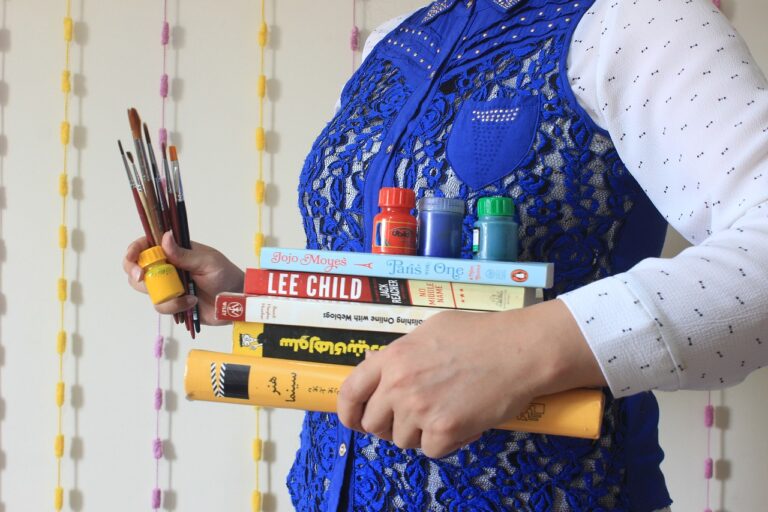Navigating Copyright Issues in Educational Content Creation: Skyexchange login, World777 login, Golds bet login
skyexchange login, world777 login, golds bet login: Navigating Copyright Issues in Educational Content Creation
Creating educational content can be a rewarding experience, but it also comes with its own set of challenges, especially when it comes to copyright issues. In today’s digital age, it’s easier than ever for content creators to run into trouble with copyright infringement. Whether you’re a teacher, a student, or an educational content creator, it’s essential to understand the ins and outs of copyright law to avoid legal repercussions. Here are some tips to help you navigate copyright issues in educational content creation.
Understand Copyright Basics
Before diving into creating any content, it’s crucial to have a solid understanding of copyright basics. Copyright law protects the original works of authors, artists, and creators, giving them the exclusive right to reproduce, distribute, and display their work. This means that you cannot use someone else’s work without their permission unless it falls under fair use or another exception.
Use Public Domain and Creative Commons Content
One way to avoid copyright issues is to use content that is in the public domain or licensed under Creative Commons. Public domain works are not protected by copyright and can be used freely by anyone. Creative Commons licenses allow creators to share their work with certain conditions, such as attribution or non-commercial use. By using public domain or Creative Commons content, you can avoid potential copyright infringement claims.
Obtain Permission
If you want to use copyrighted material in your educational content, the best practice is to obtain permission from the copyright owner. This can be done by contacting the creator directly or through licensing agreements. Keep in mind that some works may be subject to stricter copyright restrictions, so it’s essential to do your due diligence before using them.
Practice Fair Use
Fair use is a legal doctrine that allows for the limited use of copyrighted material without permission for purposes such as criticism, comment, news reporting, teaching, scholarship, or research. When determining whether your use of copyrighted material falls under fair use, consider factors such as the purpose of use, the nature of the copyrighted work, the amount used, and the effect on the market value. Fair use is a nuanced concept, so it’s best to seek legal advice if you’re unsure.
Give Proper Attribution
When using copyrighted material in your educational content, always give proper attribution to the original creator. This not only shows respect for the creator’s work but also helps avoid plagiarism and copyright infringement claims. Include the creator’s name, the title of the work, and a link to the original source whenever possible.
Monitor Your Content
Once you’ve created and published your educational content, it’s essential to monitor it regularly for any potential copyright issues. Use tools like Google Alerts or plagiarism checkers to keep track of where your content is being used and if anyone is using it without permission. If you come across any unauthorized use of your content, take action immediately to protect your rights.
FAQs
Q: Can I use images from Google in my educational content?
A: It’s best to use images that are in the public domain or licensed under Creative Commons to avoid copyright issues. If you must use images from Google, make sure to filter your search by usage rights to find images that are labeled for reuse.
Q: How can I determine if my use of copyrighted material falls under fair use?
A: Consider factors such as the purpose of use, the nature of the copyrighted work, the amount used, and the effect on the market value when determining fair use. If you’re unsure, consult with a legal expert.
Q: Do I need permission to use quotes in my educational content?
A: Yes, you should obtain permission to use quotes in your educational content, especially if they are from copyrighted works. Be sure to give proper attribution to the original source.
In conclusion, navigating copyright issues in educational content creation requires a combination of knowledge, diligence, and respect for the rights of creators. By understanding copyright basics, using public domain or Creative Commons content, obtaining permission when necessary, practicing fair use, giving proper attribution, and monitoring your content, you can create educational materials that are both informative and legally sound.







